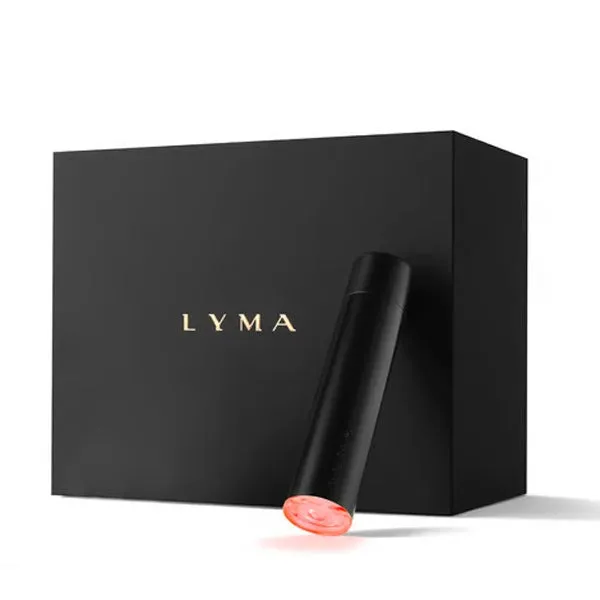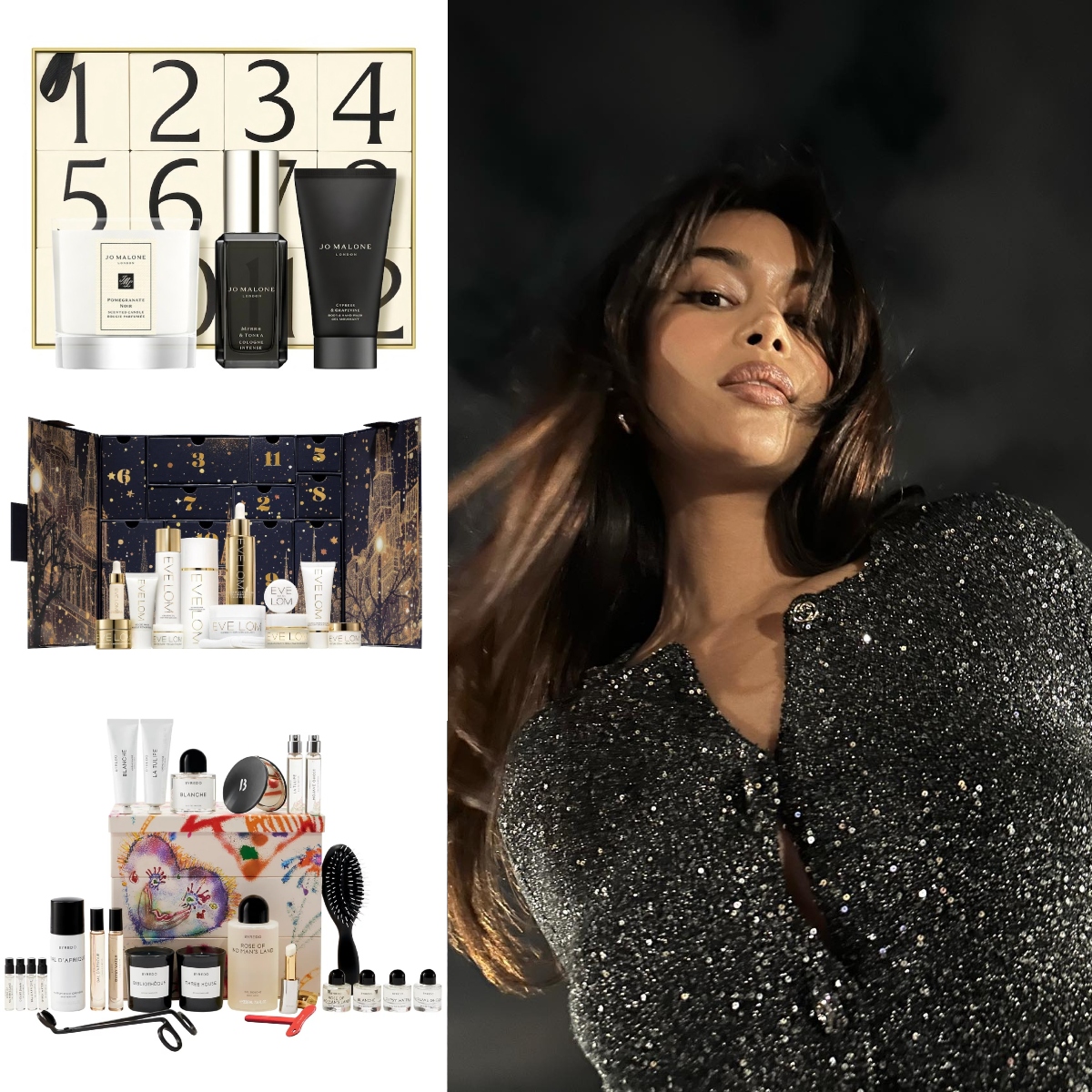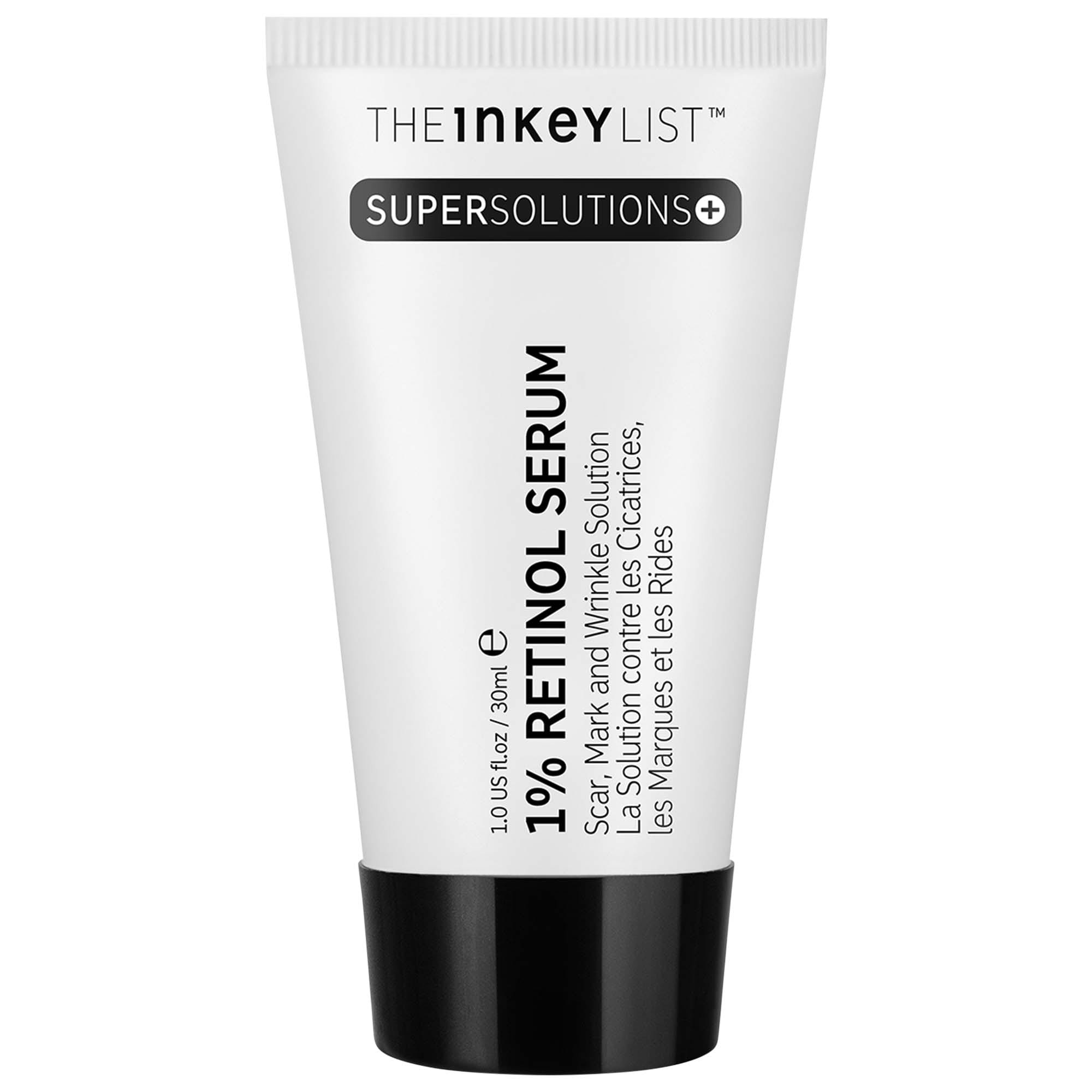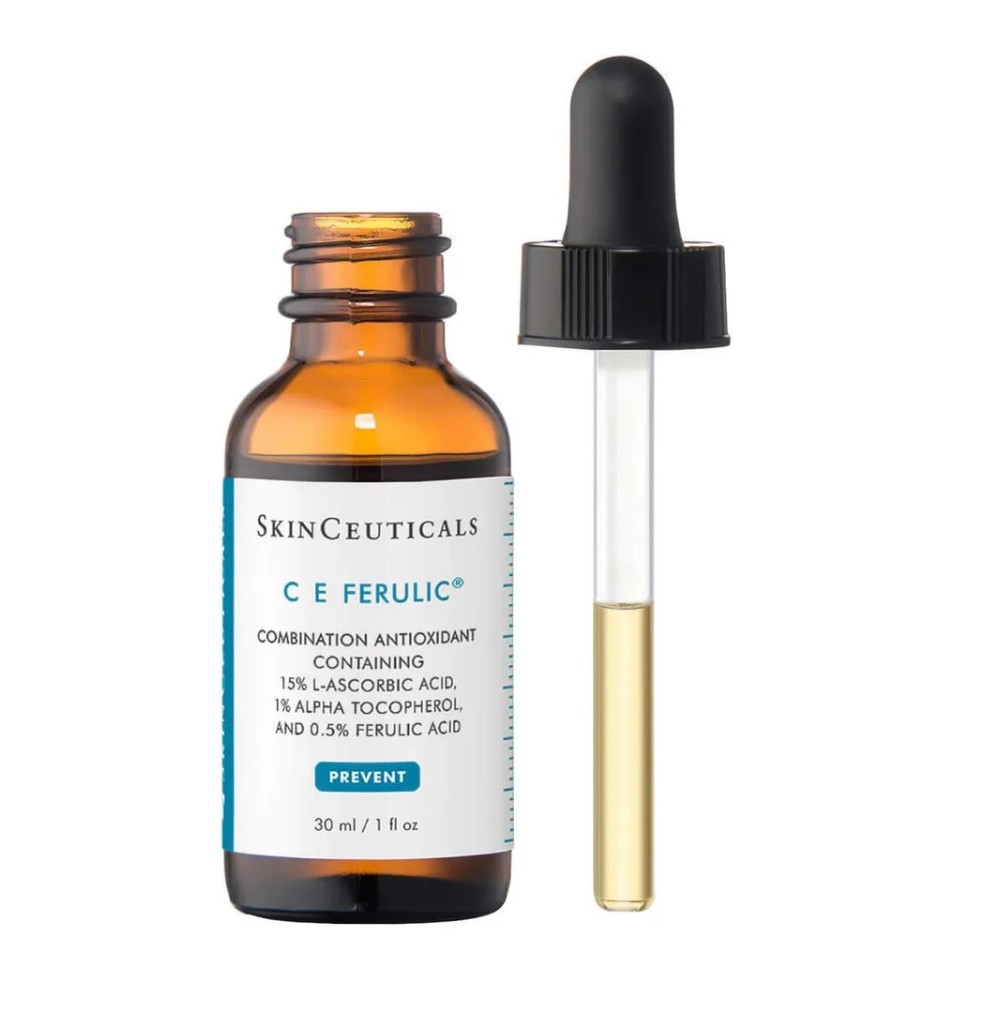This High-Tech Device Claims to Be 100 Times More Powerful Than an LED Mask, so I Tried It


Imagine a do-it-all skincare device that erases everything from fine lines and deep-set wrinkles to redness, hyperpigmentation, blemishes, texture, and even scars. Now, imagine that it's clinical grade, but also approved for at-home use. Whether you know it or not, you're thinking about the Lyma Laser.
While it might not be a household name yet, the Lyma Laser has created quite a stir among skincare experts, editors, and influencers because it claims to have 100 times the power of standard LED devices. Even celebrities are in on the Lyma buzz. A-listers like Sofia Richie Grainge, Kate Beckinsale, and Carey Mulligan are fans. In fact, Richie Grainge revealed in a TikTok video that she "cannot say enough good things about it." She added, "Within a week, this transformed my skin. … It's so legit."
The best part is that it promises to deliver dramatic, skin-transforming results with virtually zero downtime. It's pain-free, nonabrasive, and safe to use around the eyes. All things considered, it almost sounds unbelievable. That's why we decided to do a full Lyma laser review.

As a beauty editor, miraculous claims often make me incredulous, and I felt that way about the Lyma Laser until I did some research and read through the brand's website. There, I found two incredible before-and-after pictures from real-life Lyma users. Fine lines and wrinkles were erased. Skin texture was smoothed. Acne scars were alleviated. I started to believe that maybe, just maybe, this product wasn't being overhyped.
Still, though, this device comes at a hefty cost. At $2695, it's one of the most expensive at-home skincare investments you can make. At that price, I wasn't willing to blindly trust the brand's claims or even celebrity testimonies—I had to test it myself. I, along with fellow beauty editor Shawna Hudson, used the Lyma Laser for three months to find out if it's truly as incredible as it claims to be. Below, learn everything you need to know about this high-tech skincare device and whether it really does what it says it will. Spoiler: It does.
The Laser

This laser uses low-level, near-infrared light to treat deeper layers of skin. It penetrates all the way down into the dermis (the layer of skin beneath both the skin barrier and epidermis) and can treat skin and muscle tissue simultaneously. In fact, it claims to have unrivaled biological penetration of up to 10 centimeters into the body.
Since it's a laser, it's different from LED masks, which only treat the surface layer of the skin. "Low-level laser or light therapy at specific wavelengths has been shown to create biological effects in the skin without the use of heat or destruction through a process called photobiomodulation," says Daniel Belkin, MD, FAAD, FACMS, a dermatologist and dermatologic surgeon. "Because Lyma is a laser, it can penetrate much more powerfully and deeply than LED devices."
Since the Lyma Laser reaches deeper layers of skin, it creates change from the inside out. "Near-infrared light has multiple beneficial effects on the skin and deeper tissues," Belkin says. "Most importantly, it stimulates fibroblasts in the dermis to synthesize collagen and other skin-firming proteins and regenerative growth factors. It also reduces inflammation and enhances blood flow. Lyma is able to penetrate effectively into the dermis, where the majority of these effects take place."
Kaitlyn's 3-Month Review

My protocol: 30 minutes per day for three months (minus a three-week break while traveling around Europe)
My skin concerns: Dullness, sun damage, and redness/mild rosacea
I've struggled with redness and hyperpigmentation for as long as I can remember. Despite some pretty religious sunscreen use and a rotation of soothing, brightening, and exfoliating products, it never really goes away—especially in the summer months when I'm spending a lot of time outside. When I heard about the Lyma Laser from Angela Caglia, celebrity aesthetician and CEO of Angela Caglia Skincare, I was intrigued. You're telling me there's an at-home device that is FDA-cleared, expert-approved, and can dramatically improve my skin issues, along with many others? Yeah, I had to get my hands on it as quickly as possible.
I started my Lyma experiment with dull, sun-damaged, and ruddy skin. In my before photo, I have splotchy redness around my cheeks, deep-set dark circles, and lots of dark spots littering my nose and cheekbones. I even had fine lines forming around my nose and eyes from dehydration. Generally, my skin wasn't looking its best.
I started using it nightly, often while I was parked on the couch watching TV. I would apply a few pumps of the Lyma Oxygen Glide and a few spritzes of the Lyma Oxygen Mist (two skincare products that come free with the purchase of the device), touch the laser to my skin, and move it in long, sweeping motions across my skin. Once my 30-minute timer went off, I would wash my face, complete the rest of my skincare routine, and head off to bed.
Within two weeks, I started to notice changes in my skin. Generally, my complexion looked more even and bright. When I inspected my skin in a magnifying mirror, I was shocked to see my stubborn dark spots were fading. What's even wilder is that the red, enlarged, and broken blood vessels on my cheeks were disappearing. I thought that would only be possible from a series of in-office treatments, but the Lyma Laser was making it happen. After another week, I noticed my redness was significantly reduced. It just kept getting better from there.
At the end of the three months, my skin was visibly brighter, calmer, smoother, and more even. My sun damage was minimized, and my redness had faded. I happily accepted multiple compliments from friends and family members on the state of my skin. The Lyma Laser was undoubtedly a success.
Still, though, this device is super expensive, so it's difficult for me to say whether or not it's worth it. At almost $3000, it's unattainable for many people's budgets (mine included), so it depends. If you have the money and you want a dramatic, visible improvement in your skin, I say you shouldn't think twice about purchasing the Lyma Laser. If you don't have the room in your budget, stick to topical skincare devices and LED masks—they're often more affordable and offer skin-boosting benefits, too.
Kaitlyn's Skin Now—4.5 Months Later

Shawna's 3-Month Review

My protocol: 30 minutes per day for over three months
My skin concerns: Hyperpigmentation, fine lines, texture, redness, and inflammation
"Okay, I know my before-and-afters don't look very impressive (lol), but let me explain. I got a series of chemical peels right around the time I started using the Lyma, and then I incorporated a retinoid into my routine. Needless to say, that caused quite a bit of skin purging for me, and the resulting hyperpigmentation hasn't been fun to deal with. While it was frustrating, I was actually really grateful to have the Lyma handy because it helped heal my hyperpigmentation in record time. Normally, some of my dark spots would take months to go away, but I've been using the Lyma almost every night for six months, and I'm super impressed with how much these dark spots have faded. The other big difference I noticed in my skin was that the lines on my neck and around my eyes have all but disappeared, and I'm really happy with those results. I also have to mention that this is not a device that produces instant results. You have to stay consistent and be patient if you want to see results, but they do come! Around the three-month mark, I started to see subtle but noticeable changes, and I kept using it every night after that to continue with my goals.
"Honestly, this is an expensive tool. I know many of you can't justify paying over $3000 for any kind of device, but this one is great to have handy if you have the budget for one and struggle with hyperpigmentation. I also want to mention that this is a great alternative to laser or radiofrequency treatments, which help produce new collagen by heating the skin. Heating the dermis layer of the skin isn't always helpful for folks who struggle with acne and other inflammatory skin conditions because it can further aggravate it. The Lyma Laser features cold-light laser therapy, so there's no heat involved, but it still produces similar results to other treatments like it. Because my skin is so sensitive and acne-prone right now, it's the perfect device for me to have at home to treat the things I want to without aggravating my skin.
"Overall, I love the Lyma, and it works great for some of my specific goals, but as I mentioned above, I'm also aware this is a super-expensive device and may not be for everyone. The results are there, but you have to stay patient and consistent. Treatment times are also much longer than average (30+ minutes), and some people may not have time for it. It's a great device if you have it within your budget to purchase, but it's also not totally necessary."
Shawna's Skin Now—4.5 Months Later

Additional FAQs
How long/often should I use the Lyma Laser for the best results?
This depends on your exact skin concerns and desired results, but the standard protocol is to use it daily for three months. After that, you can cut down to three times a week or even just use it intermittently. Some people use it for 15 minutes a day, others for 45. Regardless, consistency is the key to achieving the best results.
Shawna and I used our Lyma Lasers for 30 minutes per day for three months. After the three-month mark, I cut down to using it twice a week.
What skin concerns does it treat?
I don't want to say it can treat all skin concerns, but that's basically the answer, at least when it comes to blemishes and signs of aging. Use it to improve fine lines, wrinkles, dark spots, redness, rough texture, sagging skin, and even scars.
Is there anyone who shouldn't use a Lyma Laser?
According to Belkin, "Lyma is extremely safe for most individuals to use, including [those with] darker skin types, those who struggle with pigmentation (as it does not generate heat), and even those with healing or compromised skin, such as after recent surgery or in-office laser resurfacing." Belkin added, "I would avoid use over any untreated skin cancers or tumors, as it has not been studied in this setting."
Are there any downsides or risks to using the Lyma Laser?
"The only downsides are the cost of the device and the time it takes to use the laser," Belkin says. "I tell my patients, though, that even using it intermittently is helpful. There is no pain or downtime."
Does Lyma make the skin more sensitive to the sun?
"No, the Lyma does not make the skin more sensitive to the sun at all," Belkin says. "In fact, some evidence suggests that low-level light therapy can actually prime the skin to be less prone to UV damage."
Discover More Must-Have Lyma Products
Shop Favorite Skin-Transforming Items
This article was originally published at an earlier date and has since been updated.

Kaitlyn McLintock is a Beauty Editor at Who What Wear. She has 10 years of experience in the editorial industry, having previously written for other industry-leading publications, like Byrdie, InStyle, The Zoe Report, Bustle, and others. She covers all things beauty and wellness-related, but she has a special passion for creating skincare content (whether that's writing about an innovative in-office treatment, researching the benefits of a certain ingredient, or testing the latest and greatest at-home skin device). Having lived in Los Angeles, California, and Austin, Texas, she has since relocated back to her home state, Michigan. When she's not writing, researching, or testing beauty products, she's working through an ever-growing book collection or swimming in the Great Lakes.
-
 I've Tried a Lot of Treatments—This Is the Only One That's Truly Transformed My Damaged, Acne-Prone Skin
I've Tried a Lot of Treatments—This Is the Only One That's Truly Transformed My Damaged, Acne-Prone SkinIt changed my skin for the better.
-
 My Ridiculously Cool Aunt Has the Best Beauty Recs—16 Nordstrom Finds We're Both Shopping on Cyber Monday
My Ridiculously Cool Aunt Has the Best Beauty Recs—16 Nordstrom Finds We're Both Shopping on Cyber MondayDeals on Dyson, Tom Ford, and Jo Malone from $17.
-
 I Thought I Was Done Shopping, But Then I Saw Sephora's Cyber Monday Sale—15 Deep Discounts I Just Can't Skip
I Thought I Was Done Shopping, But Then I Saw Sephora's Cyber Monday Sale—15 Deep Discounts I Just Can't SkipSome items are up to 50% off.
-
 All the 2025 Beauty Advent Calendars Have Officially Hit the Market—Here Are the Only 20 I Recommend Buying
All the 2025 Beauty Advent Calendars Have Officially Hit the Market—Here Are the Only 20 I Recommend BuyingThese are too good to miss.
-
 My Mom (53) and I (25) Pored Over Dermstore's Black Friday Sale—16 Items We Both Instantly Added to Cart
My Mom (53) and I (25) Pored Over Dermstore's Black Friday Sale—16 Items We Both Instantly Added to CartDeals on at-home lasers, French beauty, and more saved us $1049.
-
 Behold: A Beauty Editor's Guide to the Best Black Friday Deals—the 43 Sales *Actually* Worth Shopping
Behold: A Beauty Editor's Guide to the Best Black Friday Deals—the 43 Sales *Actually* Worth ShoppingYour complete guide. (Thank me later.)
-
 Cardi B Says This Viral K-Beauty Product Presses Delete on Dark Spots, so I Tried It
Cardi B Says This Viral K-Beauty Product Presses Delete on Dark Spots, so I Tried ItTL;DR: It works like a charm.
-
 Ulta's Black Friday Sale Just Saved Me $696—I Already Sent These 25 Deals to My Family Group Chat
Ulta's Black Friday Sale Just Saved Me $696—I Already Sent These 25 Deals to My Family Group ChatSol de Janeiro, Marc Jacobs, and Burberry on sale from $13.











